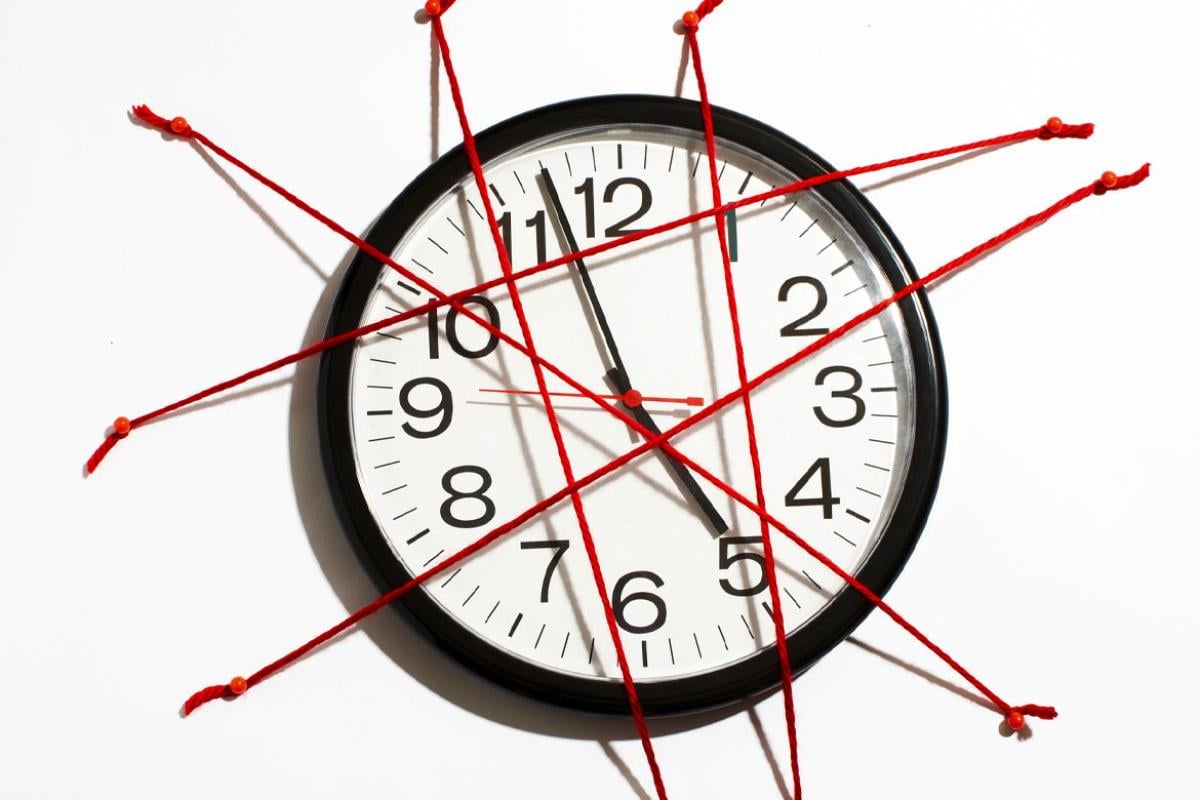Blood pressure variability, poor measurement technique and white-coat effect can all contribute to uncertainty about what a patient’s true BP numbers are. That, in turn, can lead to failure to act to manage the condition. Measuring blood pressure accurately in the clinical setting is critical to improving control. A quick start guide from the AMA and the American Heart Association (AHA) on measuring accurately can help.
The AMA has developed online tools and resources created using the latest evidence-based information to support physicians to help manage their patients’ high BP. These resources are available to all physicians and health systems as part of Target: BP™, a national initiative co-led by the AMA and the AHA.
Target: BP offers annual, recurring gold-level recognition for all participating sites that achieve hypertension control rates of 70% or higher among their adult patient population, and participation level recognition for those sites that prioritize improving BP control each year and submit data. In 2019, more than 1,100 organizations were recognized for their efforts focusing on BP control within the populations they serve.
The “Measure accurately: Quick start guide” from Target: BP is a great resource for care teams looking to take the first steps in their quality improvement journey. It can also be beneficial for those looking to further enhance their commitment to BP control.
This is part of the first pillar of the AMA’s evidence-based MAP framework, which stands for Measure Accurately, Act Rapidly and Partner with Patients. Ensuring accurate measurements across the care team is an essential component to improving BP control rates. Follow these steps to move your team closer to measuring BP accurately every time.
Assess how BP is currently measured
It seems that every health care organization takes a different approach to BP measurement. Look at how you and your health care team currently measure blood pressure. By understanding this, you can identify ways to improve measurement.
To help establish a baseline for measurement in your practice or health care organization, there are several tools available. A quick BP measurement quiz is available to identify how well each member of your team measures blood pressure.
Another tool to use is the measure accurately preassessment, which provides health care organizations with a way to find areas of opportunity to more accurately measure BP in the clinical setting.
A technique quick check is also available to help to determine if physicians and other health professionals take BP measurements the right way and the same way every time.
Build knowledge in BP measurement
After assessing how your health care organization currently measures blood pressure, it is important to begin building their knowledge in this area. One way to do that is by encouraging each member of the health care team to watch the measure accurately webinar.
This one-hour webinar trains physicians and clinical teams on the “Measure Accurately” component of the MAP framework. By watching this webinar, teams can receive continuing medical education (CME) credit.
Other options include hosting a journal club discussion on the AHA Scientific Statement on BP Measurement or watching the webinar to receive CME or continuing education.
Train care team on techniques
Last up is training your care team on proper BP measurement techniques. The quick start guide provides the following tools to help with care team member training:
- Blood pressure positioning challenge.
- Steps to accurately measure BP.
- Technique quick check for a monthly audit.
- BP measurement infographic to hang in exam rooms.
In addition to the quick start guide, the AMA and AHA have developed an online module, “Achieving Accuracy: BP Measurement,” that aims to teach health professionals to measure blood pressure accurately and consistently every time.



